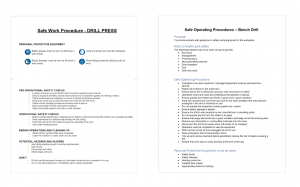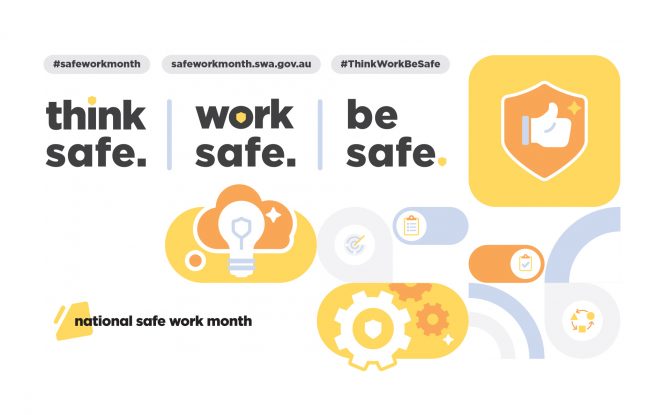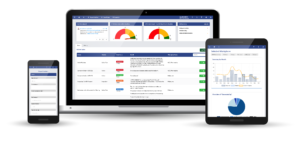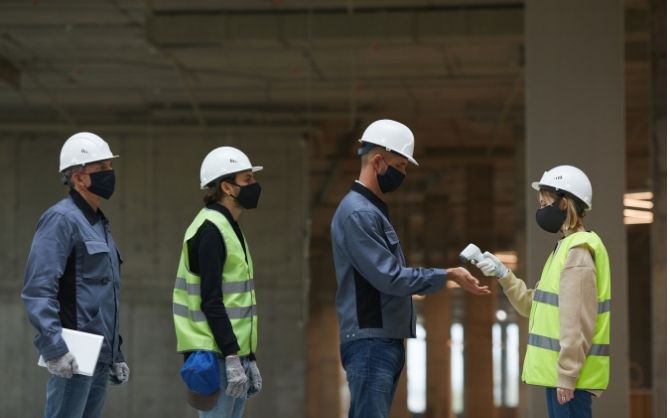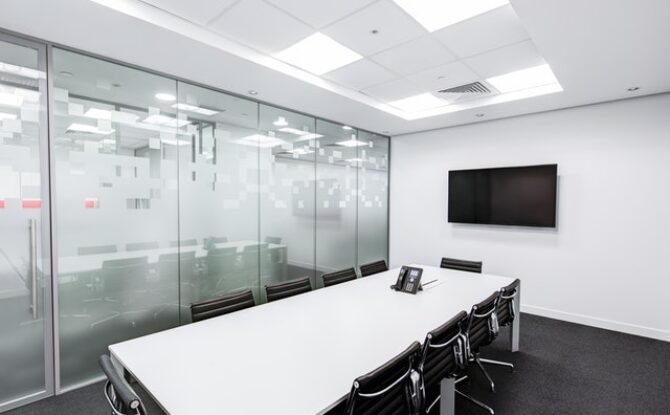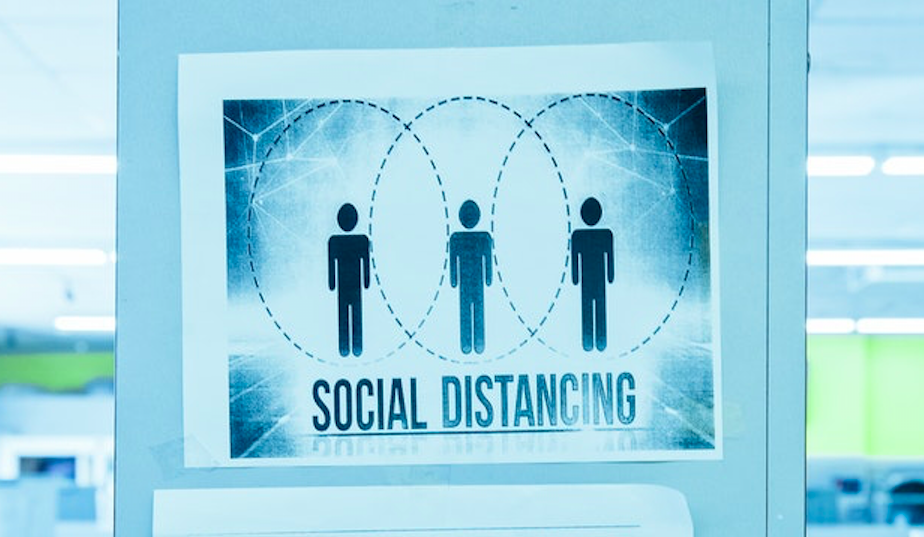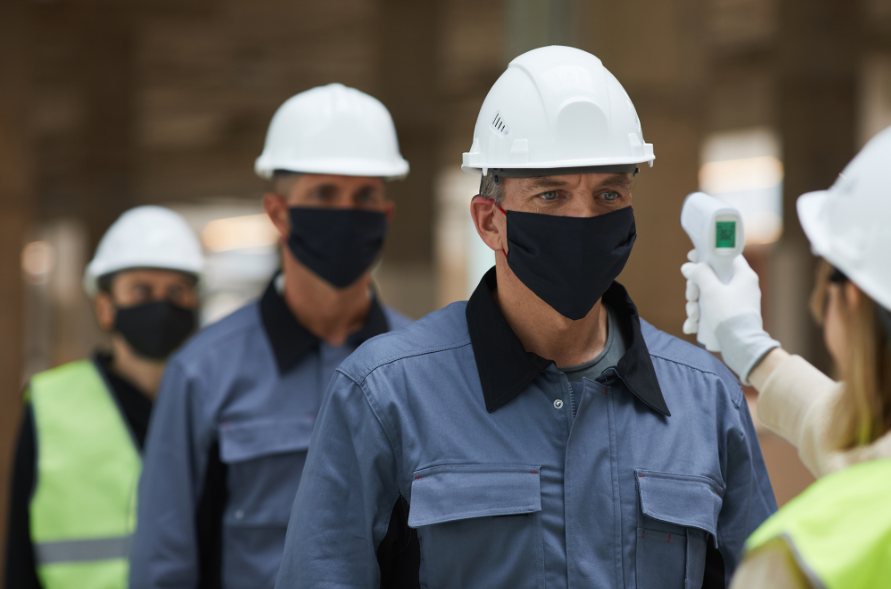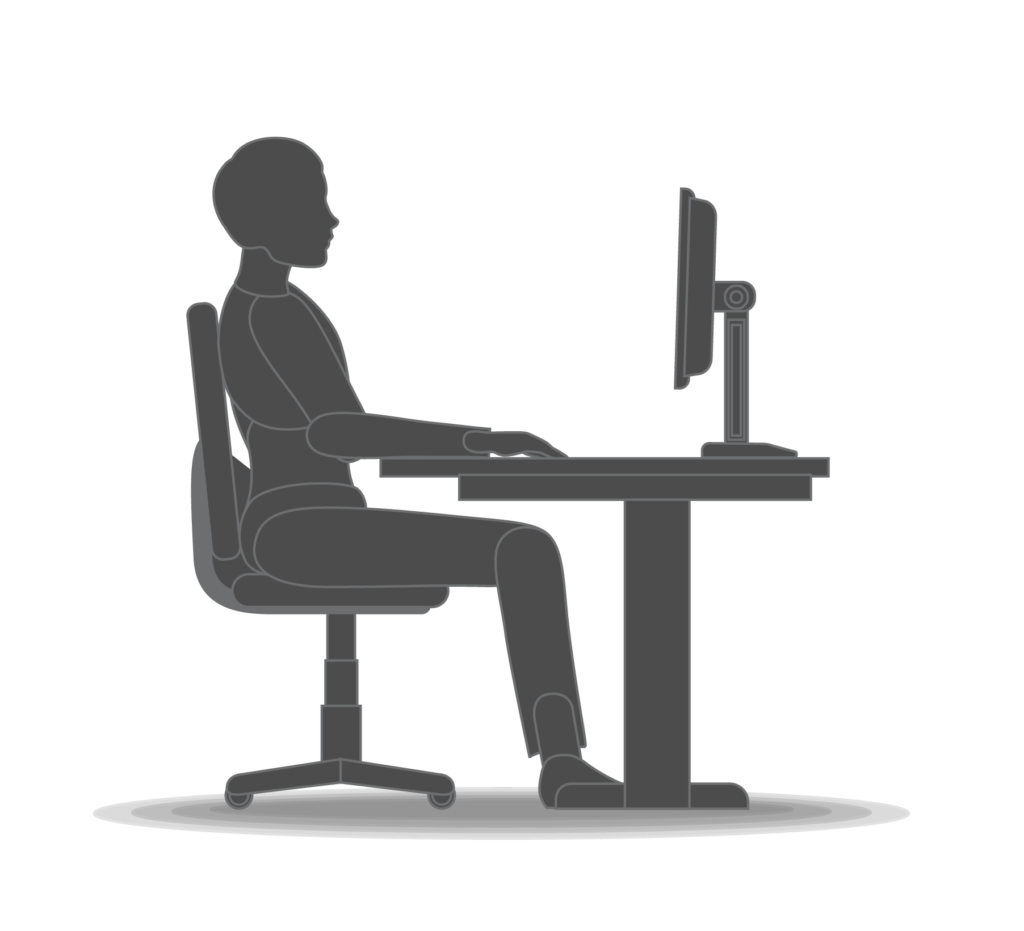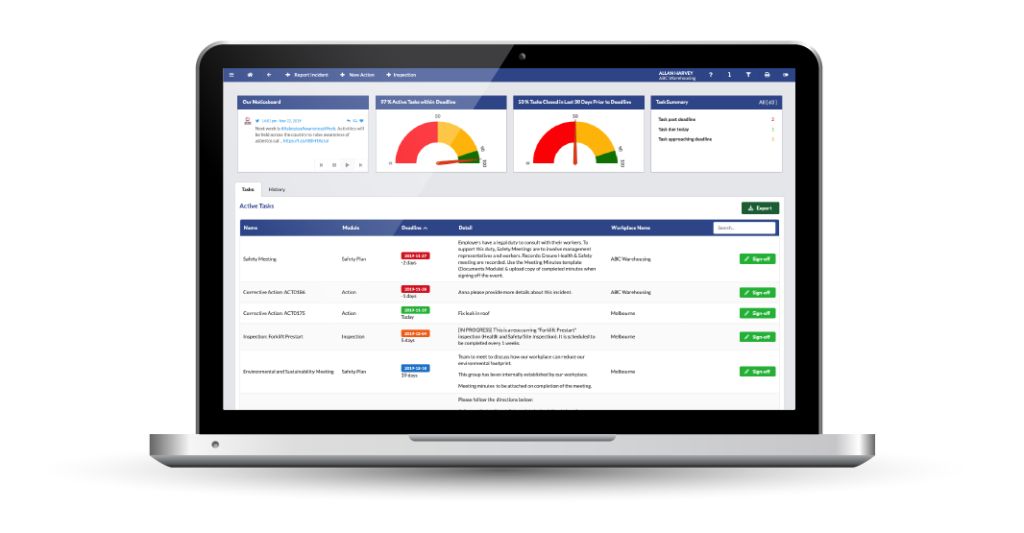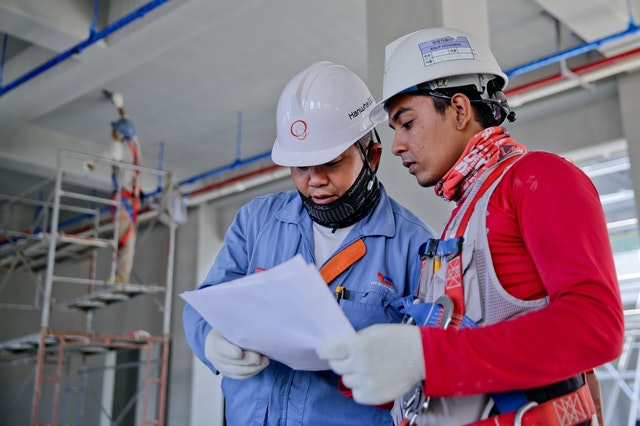Safe Work Australia
Model WHS Regulations
Safe Work Australia has updated the model WHS Regulations and its guidance on the meaning of “person conducting a business or undertaking”.
Meanwhile, the Globally Harmonised System of Classification and Labelling of Chemicals (GHS 7) has been made a reference. The Commonwealth jurisdiction and most states and territories started the two-year transition from GHS 3 to GHS 7.
Outdated standards relating to pressure equipment and lasers used in the building and construction industry have been removed.
The model WHS Regulations and any changes made to them don’t apply in a jurisdiction until they are made in the jurisdiction.
Workplace Traffic Management
Safe Work Australia has updated its guidance on workplace traffic management to include information on working on or near public roads. To ensure the safety of workers and the public when managing traffic on a public road, actions could include installation of barriers and warning devices to ensure workers and vehicles stay separated.
https://www.safeworkaustralia.gov.au/media-centre/news/updated-workplace-traffic-management-guidance-now-available
Statement of Regulatory Intent – COVID-19
The statement on the approach to WHS compliance during the COVID-19 pandemic has been revised by WHS Regulators. The Statement of Regulatory Intent – COVID-19, developed by the Heads of Workplace Safety Authorities (HWSA), sets out principles Work Health and Safety (WHS) regulators use to guide their approach to ensuring compliance with WHS laws during the COVID-19 pandemic.
To ensure the Statement remains current and relevant, revisions have been applied including addition of new information on COVID-19 vaccines. The Statement does not apply to the WHS regulators in the Australian Capital Territory and in Victoria.
https://www.safeworkaustralia.gov.au/covid-19-information-workplaces/other-resources/statement-regulatory-intent-covid-19
COVID-19 vaccine WHS guidance for workplaces
Safe Work Australia has published new information about work health and safety and COVID-19 vaccines. Employers have a duty under the model Work Health and Safety (WHS) laws to eliminate, or if that is not reasonably practicable, minimise the risk of exposure to COVID-19 in the workplace.
The new guidance provides information about rights and obligations under the model WHS laws and how they relate to COVID-19 vaccines. Vaccine work health and safety information is available for employers, small business and workers in 37 different industries.
https://www.safeworkaustralia.gov.au/covid-19-information-workplaces/industry-information/general-industry-information/vaccination
Preventing workplace sexual harassment, violence and aggression
New national work health and safety guidance has been developed by Safe Work Australia providing practical guidance to businesses to help them prevent workplace sexual harassment, violence, aggression and domestic violence.
Preventing workplace sexual harassment
The new Guide: Preventing workplace sexual harassment is the first comprehensive WHS guidance in Australia to focus on preventing sexual harassment. The guidance supports business and organisations to meet their WHS duties with practical steps to identify risks and prevent sexual harassment in the workplace.
https://www.safeworkaustralia.gov.au/doc/preventing-workplace-sexual-harassment-guide
Preventing workplace violence and aggression
The Guide: Preventing workplace violence and aggression provides information for persons conducting a business or undertaking (PCBUs), such as employers, on how to manage the risk of violence and aggression in the workplace, including gendered violence.
https://www.safeworkaustralia.gov.au/doc/preventing-workplace-violence-and-aggression-guide
Inspecting and maintaining elevating work platforms
Safe Work Australia has published new guidance for inspecting and maintaining EWPs. Employers are responsible for keeping workers safe and this includes ensuring that plant equipment is inspected and maintained. Employers must also ensure that workers are given the necessary information, training, instruction and supervision to use EWPs safely.
https://www.safeworkaustralia.gov.au/doc/guide-inspecting-and-maintaining-elevating-work-platforms
South Australia
HSRs for work groups of multiple businesses
New information on how the work health and safety law allows multiple persons conducting a business or undertaking (PCBU) and their workers to establish work groups if workers are carrying out work for different PCBUs. A HSR can represent workers across multiple businesses or undertakings by agreement between all relevant parties. The information provides guidance on establishing multiple-business workgroups through negotiations with workers and the shared responsibilities of each business.
https://www.safework.sa.gov.au/workers/consultation-and-representation/health-and-safety-representatives/hsrs-for-work-groups-of-multiple-business
Positive anti-harassment duty imposed on employers
A legislation has been introduced imposing a positive duty on employers to eliminate sexual harassment, discrimination and victimisation in workplaces under the State Equal Opportunity Act 1984. The new duty was recommended by the South Australian Equal Opportunity Commission’s review of harassment in the legal profession.
https://www.legislation.sa.gov.au/LZ/B/CURRENT/EQUAL%20OPPORTUNITY%20
Tasmania
Quad bike safety
Work is being done to make changes to the Work Health and Safety Regulations 2012 to improve quad bike safety. The changes will require employers to provide workers with a helmet when using a quad bike, require quad bike users to wear a helmet and to undertake training and prohibit the carrying passengers, except where the quad bike is designed and appropriate for that purpose. These changes are supported by changes to the Road Rules 2019; and plans to implement safety measures on public land under the National Parks and Reserves Management Act 2002 and the Crowns Law Act 1976. It is anticipated that these changes will be implemented by 30 June 2021.
https://worksafe.tas.gov.au/quadsafe/about-the-new-quad-bike-standard-oct-2020
OHS Legislation – https://worksafe.tas.gov.au/topics/laws-and-compliance
OHS Codes of practice – https://www.worksafe.tas.gov.au/laws/codes
Victoria
Environment Protection Act 2017
The Environment Protection Act 2017 will come into effect on 1 July 2021. The Victorian Government undertook a public inquiry into EPA and released its final conclusions in 2016. When the amended Act comes into force, EPA will have enhanced powers in preventing risks to the environment and human health. It will also be able to issue stronger sanctions and penalties to hold environmental polluters to account.
The general environmental duty (GED) is a centrepiece of the new laws as it applies to all Victorians. Risks must be understood if one conducts activities that pose a risk to human health and the environment. One must also take reasonably practicable steps to eliminate or minimise them. In an Australian first, the GED is criminally enforceable.
https://www.epa.vic.gov.au/about-epa/laws/new-laws
New industry standard for elevating work platform safety
WorkSafe has launched a new industry standard for elevating work platforms (EWPs) to provide operators and employers with practical safety advice to prevent serious injuries and deaths. The new standard provides a comprehensive understanding of the most important safety issues for using EWPs including who has a duty to ensure the health and safety of workers, selecting the appropriate EWP for the task at hand and the different types of EWP available. The standard also covers EWP training and licensing requirements and how to ensure EWPs are properly maintained and inspected for use.
https://www.worksafe.vic.gov.au/resources/elevating-work-platforms-industry-standard
Workplace Injury Rehabilitation and Compensation Amendment (Arbitration) Bill 2021
The Workplace Injury Rehabilitation and Compensation Amendment (Arbitration) Bill 2021 allows the Accident Compensation Conciliation Service (ACCS) to hear and make binding determinations on disputes not resolved by conciliation.
The proposed laws give workers the choice to have their matter arbitrated by the ACCS, who must commence a hearing within 30 days of the dispute being referred. Once an application for arbitration commences, a hearing will generally conclude within 60 days, with a determination made within two weeks of the hearing concluding. This will ensure these disputes are resolved within four months – which is less time than it takes to resolve most court proceedings.
https://www.legislation.vic.gov.au/bills/workplace-injury-rehabilitation-and-compensation-amendment-arbitration-bill-2021
New COVID check-in rule for businesses
New rules for workplaces announced by the Victorian Government while issuing a warning against poor compliance with COVID-19-related check-in regulations. From 28 May, all venues and businesses required to undertake electronic record keeping must use the Victorian Government QR Code Service through the Service Victoria app.
https://www.premier.vic.gov.au/restrictions-ease-more-victorian-businesses
New fines for non-compliance with COVID-19 rules
New on-the-spot fines for intentional breaches, as well as fines for repeated breaches, were introduced in response to poor rates of compliance with COVID-19 rules for businesses. Businesses can also be prosecuted in court for continued, blatant or wilful non-compliance with the Chief Health Officer’s pandemic rules on check-ins and other matters.
https://www.coronavirus.vic.gov.au/fines-enforcement-and-reporting
Education and Training Reform Amendment (Protection of School Communities) Bill 2021
The new proposed legislation aims to improve school safety by giving Victorian schools the power to ban aggressive and violent parents from entering school grounds, to protect students and staff. The Bill arose as a result of a recommendation from the Protective Schools Ministerial Taskforce, established in 2018. The Taskforce recommended legislative changes to in order to address threatening or aggressive conduct towards staff.
https://www.premier.vic.gov.au/sites/default/files/2021-05/210504%20-%20New%20Laws%20To%20Make%20Schools%20Safer%20For%20Everyone.pdf
New South Wales
New exposure standards for coal dust and diesel particulate matter
The new worker exposure standards for respirable coal dust (1.5mg/m3 of air) and diesel particulate matter (0.1mg/m3 measured as sub-micron elemental carbon) commenced on 1 February 2021.
https://www.resourcesregulator.nsw.gov.au/safety-and-health/topics/airborne-contaminants-and-dust
https://www.resourcesregulator.nsw.gov.au/__data/assets/pdf_file/0018/1265103/Changes-to-airborne-contaminants-and-dust-exposure-standards-A4-guide-poster.PDF
New guidelines to boost delivery driver safety
Draft guidelines have been released for industry consultation to provide better protection for workers in the food delivery industry. The guidelines outline existing hazards in the industry, such as poorly maintained bikes, fatigue and extreme weather conditions, and the actions that must be taken by delivery platforms, drivers and restaurants to mitigate these risks.
Strategies have been developed in partnership with industry to help food delivery operators, drivers and restaurants understand their obligations under NSW Work Health and Safety Legislation.
https://www.safework.nsw.gov.au/__data/assets/pdf_file/0007/978496/Working-together-to-improve-food-delivery-rider-safety.pdf
Accommodation guide
The SafeWork NSW Accommodation guide is a practical guide that helps persons conducting a business or undertaking (PCBUs) understand and meet their obligations under the NSW work health and safety laws when designing or choosing the form of accommodation provided for workers during work undertaken away from home.
It includes useful information and advice on what accommodation should include, as well as considerations when choosing accommodation and maintenance requirements.
https://www.safework.nsw.gov.au/resource-library/accommodation-and-food-services-publications/accommodation-guide
Managing WHS at events
The Managing WHS at events guide helps event organisers understand and meet their obligations under Work Health and Safety (WHS) laws when managing events.
It includes useful information and advice on planning, managing and monitoring an event to ensure the health and safety of workers, volunteers and the visiting public.
https://www.safework.nsw.gov.au/resource-library/arts-and-recreation-services-publications/guide-managing-work-health-and-safety-at-events
OHS Legislation – https://www.safework.nsw.gov.au/legal-obligations
OHS Codes of Practice – https://www.safework.nsw.gov.au/resource-library/list-of-all-codes-of-practice
Australian Capital Territory
OHS Legislation – http://www.legislation.act.gov.au
OHS Codes of Practice – https://www.accesscanberra.act.gov.au/app/answers/detail/a_id/4201
Queensland
Codes of practice updated
National safe work codes of practice have been reviewed and updated in line with a nationwide agreement in 2015 that all Australian work health and safety regulators will review the codes of practice every five years. 21 Queensland codes of practice that are based on national codes of practice have been updated and approved for the state. The new codes commenced on 1 March.
https://www.worksafe.qld.gov.au/news-and-events/newsletters/esafe-newsletters/esafe-editions/esafe/february-2021/codes-of-practice-updated
Updated Codes
Abrasive blasting code of practice 2021
Confined spaces code of practice 2021
Demolition work code of practice 2021
Excavation work code of practice 2021
First aid in the workplace code of practice 2021
Hazardous manual tasks code of practice 2021
How to manage and control asbestos in the workplace code of practice 2021
How to manage work health and safety risks code of practice 2021
How to safely remove asbestos code of practice 2021
Labelling of workplace hazardous chemicals code of practice 2021
Managing noise and preventing hearing loss at work code of practice 2021
Managing risks of hazardous chemicals in the workplace code of practice 2021
Managing risks of plant in the workplace code of practice 2021
Managing the risk of falls at workplaces code of practice 2021
Managing the work environment and facilities code of practice 2021
Preparation of safety data sheets for hazardous chemicals code of practice 2021
Safe design of structures code of practice 2021
Spray painting and powder coating code of practice 2021
Welding processes code of practice 2021
Work health and safety consultation, cooperation and coordination code of practice 2021
OHS Legislation – https://www.worksafe.qld.gov.au/laws-and-compliance/workplace-health-and-safety-laws/laws-and-legislation
OHS Codes of Practice – https://www.worksafe.qld.gov.au/laws-and-compliance/workplace-health-and-safety-laws/laws-and-legislation/codes-of-practice
Northern Territory
OHS Legislation – https://worksafe.nt.gov.au/laws-and-compliance
OHS Codes of Practice – https://worksafe.nt.gov.au/forms-and-resources/codes-of-practice
Western Australia
OHS Legislation – https://www.commerce.wa.gov.au/worksafe/legislation
Codes of Practice – https://www.commerce.wa.gov.au/worksafe/approved-codes-practice
